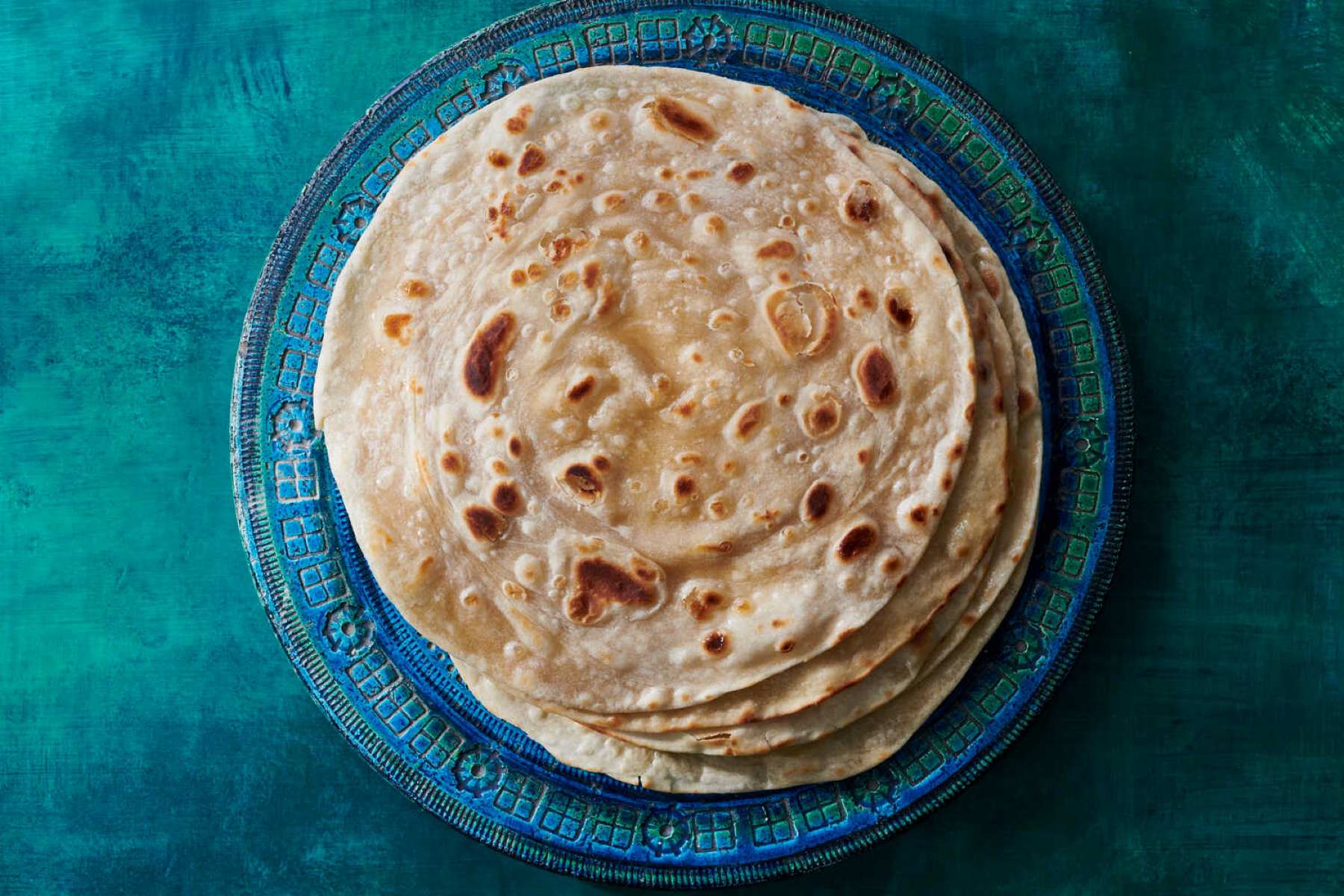
Chapati, also known as roti or Indian flatbread, is a versatile and popular staple in Indian cuisine. Made with whole wheat flour, chapati is commonly consumed with various curries, vegetables, or served as an accompaniment to a meal. Not only is chapati delicious and satisfying, but it also offers an array of nutritional benefits. In this article, we will explore 11 chapati nutrition facts that highlight its role in a healthy diet. From its fiber content to its vitamin and mineral profile, we will delve into the reasons why incorporating chapati into your meals can contribute to a well-balanced and nutritious lifestyle. So, let’s dive in and discover the amazing nutritional value that chapati brings to the table!
Key Takeaways:
- Chapati is a nutritious Indian flatbread that’s high in fiber, protein, and essential minerals. It’s a great choice for a healthy heart, sustained energy, and digestive health.
- For those with diabetes or gluten sensitivity, chapati offers a lower glycemic index and gluten-free options, making it a versatile and healthy choice for various dietary needs.
High in Fiber
Chapati, also known as roti or Indian flatbread, is a rich source of dietary fiber. A single serving of chapati provides around 2.7 grams of fiber, which contributes to a healthy digestive system and helps prevent constipation.
Good Source of Protein
Chapati is made from whole wheat flour, which contains a decent amount of protein. Consuming chapati regularly can contribute to overall protein intake, helping in muscle growth and repair.
Low in Calories
Compared to other bread varieties, chapati is relatively low in calories. A typical chapati contains around 70-80 calories, making it a suitable choice for those trying to manage their weight.
Rich in B Vitamins
Chapati is a good source of B vitamins, including thiamine, riboflavin, niacin, and folate. These vitamins play a crucial role in energy production, maintaining healthy red blood cells, and supporting brain function.
Provides Essential Minerals
Chapati contains several essential minerals such as iron, magnesium, phosphorus, and potassium. These minerals are important for various bodily functions, including bone health, nerve function, and maintaining electrolyte balance.
Promotes Heart Health
Due to its high fiber content, chapati can help reduce cholesterol levels and lower the risk of heart disease. Consuming chapati instead of refined flour breads can have a positive impact on overall cardiovascular health.
Good for Diabetic Individuals
Chapati has a lower glycemic index compared to white bread, meaning it causes a slower rise in blood sugar levels. This makes it a suitable choice for individuals with diabetes or those looking to manage blood sugar levels effectively.
Gluten-Free Option Available
For individuals with gluten sensitivity or celiac disease, there are chapati alternatives available made from gluten-free flours such as millet, buckwheat, or sorghum. These alternative chapatis provide similar nutritional benefits without the gluten.
Versatile and Easy to Prepare
Chapati is a versatile bread that can be enjoyed with various dishes, from curries to fillings for wraps or sandwiches. It is also relatively easy to prepare, requiring only a few ingredients and simple cooking techniques.
Sustains Energy Levels
The combination of complex carbohydrates and fiber in chapati helps provide a steady release of energy, keeping you feeling fuller for longer and preventing energy crashes throughout the day.
Supports Digestive Health
Thanks to its fiber content, chapati aids in maintaining a healthy digestive system. It promotes regular bowel movements, prevents constipation, and supports the growth of beneficial gut bacteria.
Conclusion
In conclusion, chapati is not only a delicious and versatile food, but it also offers several nutritional benefits. Packed with healthy carbohydrates, dietary fiber, and essential vitamins and minerals, chapati provides sustained energy and promotes digestive health. It is low in fat and contains no cholesterol, making it a heart-healthy option. Additionally, chapati is a great source of protein for vegetarians and vegans. Incorporating chapati into your diet can help you meet your nutritional needs while enjoying a tasty and wholesome meal. So, the next time you’re planning a meal, consider including chapati for a nutritious and satisfying experience.
FAQs
1. Are chapatis good for weight loss?
Yes, chapatis can be a healthy addition to a weight loss diet. They are low in fat and calories, high in fiber, and provide a good amount of energy to keep you feeling full for longer.
2. Can diabetics eat chapatis?
Chapatis made from whole wheat flour can be a good option for diabetics as they have a lower glycemic index compared to refined flour. However, portion control is essential to manage blood sugar levels.
3. Can I substitute chapatis for bread?
Absolutely! Chapatis can be a healthier alternative to bread as they are made from whole wheat flour and do not contain any preservatives or additives. They are also more nutritious and provide more satiety.
4. Are chapatis gluten-free?
No, chapatis are not gluten-free as they are made from whole wheat flour, which contains gluten. Individuals with gluten intolerance or celiac disease should opt for gluten-free alternatives.
5. Can I freeze chapatis?
Yes, you can freeze chapatis. To freeze them, individually wrap each chapati in cling wrap or keep them in an airtight container. When ready to use, thaw them at room temperature or heat them up on a skillet.
Was this page helpful?
Our commitment to delivering trustworthy and engaging content is at the heart of what we do. Each fact on our site is contributed by real users like you, bringing a wealth of diverse insights and information. To ensure the highest standards of accuracy and reliability, our dedicated editors meticulously review each submission. This process guarantees that the facts we share are not only fascinating but also credible. Trust in our commitment to quality and authenticity as you explore and learn with us.
